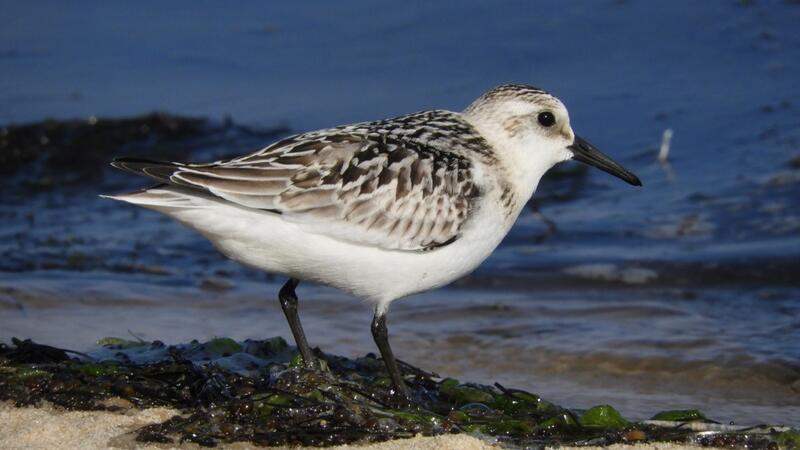Quality Assessment Meeting discusses tracking breeding success of arctic waders

The Wadden Sea is well known for the large flocks of birds that visit the area during the annual migration. In late summer or early autumn, many birds return from their breeding grounds in the high Arctic on their way to the wintering grounds in southern Europe or Africa. In recent years, there has been increased concern about these Arctic travellers due to the impact of changing climatic conditions in the Arctic. While some species may be able to adjust the timing or route of their migration, e.g. to earlier snow melts and resulting temporal and spatial shifts in the availability of insects, other long-distance migrants may not be able to do so.
Additional information is needed about the annual variation in breeding success of Arctic breeding shorebirds to draw conclusions about how climate changes affect breeding success and thus ultimately the species’ population dynamics. However, the Arctic is vast and breeding birds are widely dispersed making the monitoring of hatching and breeding success an expensive undertaking.
During a recent Quality Assessment Meeting (QAM) headed by Klaus Günther from the ‘Schutzstation Wattenmeer e.V.’, ornithologists from the trilateral expert groups for migratory and breeding birds discussed possibilities to assess the breeding success of Arctic waders by monitoring the occurrence of juveniles in the migrating flocks in the Wadden Sea. Depending on the species’ migration patterns, two methods were discussed. In little stints or broad-billed sandpipers, for example, juveniles migrate later than adults. Due to this shift, there is no temporal overlap between young and adult birds, and juveniles can be counted after the adults have left for their southern wintering grounds. In other species like sanderlings or bar-tailed godwits, adults and juveniles in the Wadden Sea overlap to a large extent. Identification of juveniles based on specific patterns in their feathers (see pictures) may nevertheless allow trained eyes to distinguish adults and juvenile birds within a flock and thus the percentages of juveniles in flocks could be compared over years.
The experts agreed that consideration still needs to be giving to differences in the resource needs of adult and juvenile waders, leading to differences in their spatial distribution. Nevertheless, first data are already being collected, for examples as part of a research project on sanderlings headed by the University of Groningen and on the Island of Helgoland. These data could in the future provide some indication on changes in Arctic breeding populations for consideration by local management authorities.

Adult sanderling. Copyright: Annelise Gruenagel
